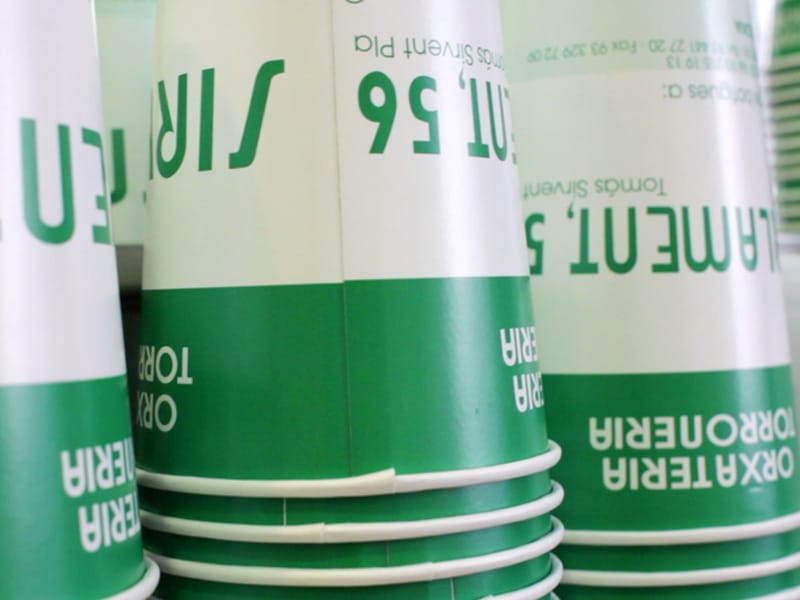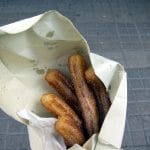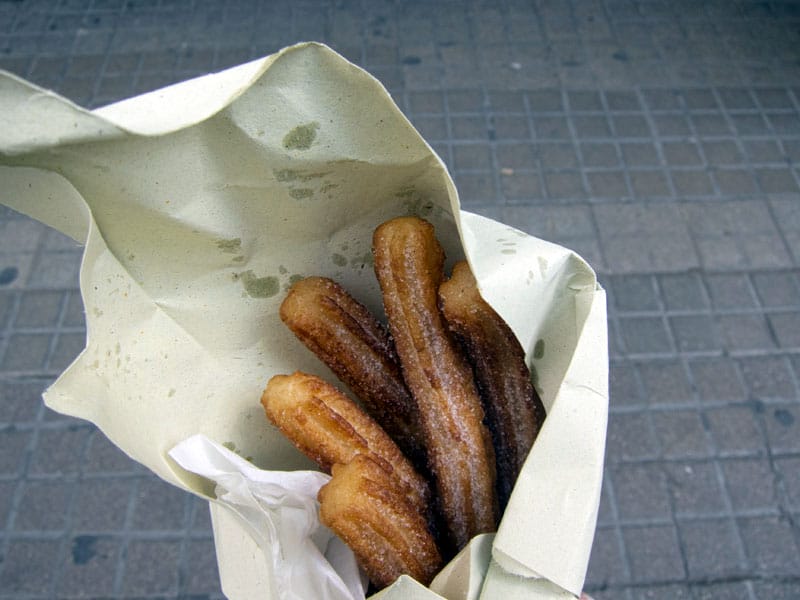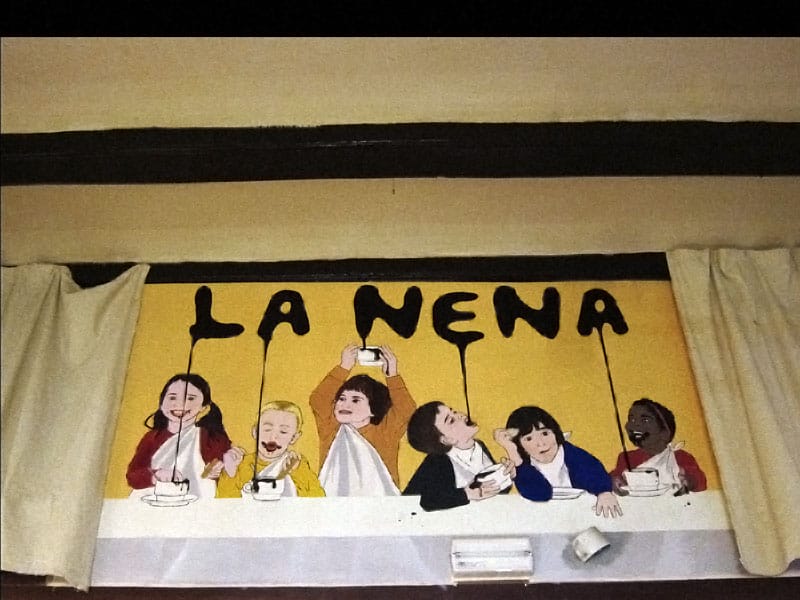Be it kvass in Russia or boza in Turkey, every nation seems to have one of their own, a locally loved drink that to most outsiders comes off as a particularly strange brew. In Spain, that drink is horchata, a unique and deliciously refreshing concoction made from chufas (tigernuts), water and sugar. Served chilled, horchata is beloved all over the peninsula.
In Barcelona, there’s really only one place to try the stuff: Horchatería Sirvent. In fact, no visit to the city is complete without stopping by this Barcelona institution, founded in 1920 by Tomás Sirvent and now managed by members of the third generation of the Sirvent family. The faithful line up here in droves during the summer months, waiting with ticket in hand to sip the best horchata de chufa in town.
Sirvent’s horchata is made the traditional way, that is, as it’s made in Valencia. With its loose, sandy soil and moderate climate, Valencia boasts ideal conditions for growing tigernuts. The tigernut is not actually a nut, but a small tuber whose juice is used to make horchata. The Valencian town of Alboraya is well known for the quality of its horchata. Just as “little green peppers” are associated with Padrón in Galicia, chufas from Alboraya are renowned for their sweet, intense flavor.
To many an acquired taste, horchata goes down sweet with a slightly bitter aftertaste. Catalans routinely triple-park their cars to run in for a Venti-size cup to go or for larger, family-size containers. For those who can’t get enough, Sirvent sells takeaway horchata in 1, 1.5 and 2-liter plastic bottles – priced, respectively, at €4.30 (€3.90 if you bring your own bottle), €6.25 (€5.85) and €8.20 (€7.80). Horchata will keep in the refrigerator for two to three days.
In addition to horchata, Sirvent also offers turrón (a kind of nougat), ice cream and granizados, which are semi-frozen drinks similar to a Slurpee. While the granizado de café we tried was uninspired and too sweet, the granizado de limón was like chunky lemonade, a perfect remedy for the hot sun. Horchata and granizados are sold by the glass: €2.50 for a large, €1.80 for medium and €1.25 for small.
Sirvent is closed for three months during winter and reopens in April following Semana Santa (Easter). The original location at Carrer del Parlament 56 feels more authentic, often like a block party. But for a quick fix, especially for those averse to lines, the Balmes location serves the same artisanal horchata.
Hollis DuncanHollis Duncan
Published on August 12, 2013
Related stories
May 22, 2013
Barcelona | By Johanna Bailey
BarcelonaEditor’s note: This feature from Barcelona is the third installment in our series this week devoted to the top street foods in each of the Culinary Backstreets cities. In Barcelona, a great deal of eating is done in the streets. Sidewalk cafés line the plazas and paseos, often to the point that it’s difficult to…
April 16, 2013
Barcelona | By Johanna Bailey
BarcelonaDear Culinary Backstreets, We will be visiting Barcelona with our children. Do you have any good recommendations of places in the city to eat with kids? First of all, you should know that in Spain, you are welcome with children in just about any dining establishment. Because Spaniards don’t tend to entertain much in their…
April 1, 2024
NaplesLike the Proustian madeleine, sweets can stir up all kinds of feelings in the minds of those who eat them. In Naples, struffoli (small, round doughnuts glazed with honey) and cassata (sponge cake with ricotta and candied fruit) speak of Christmas, while chiacchiere (sugar-dusted fritters) and sanguinaccio (literally “blood pudding,” but actually made of chocolate)…

















































































